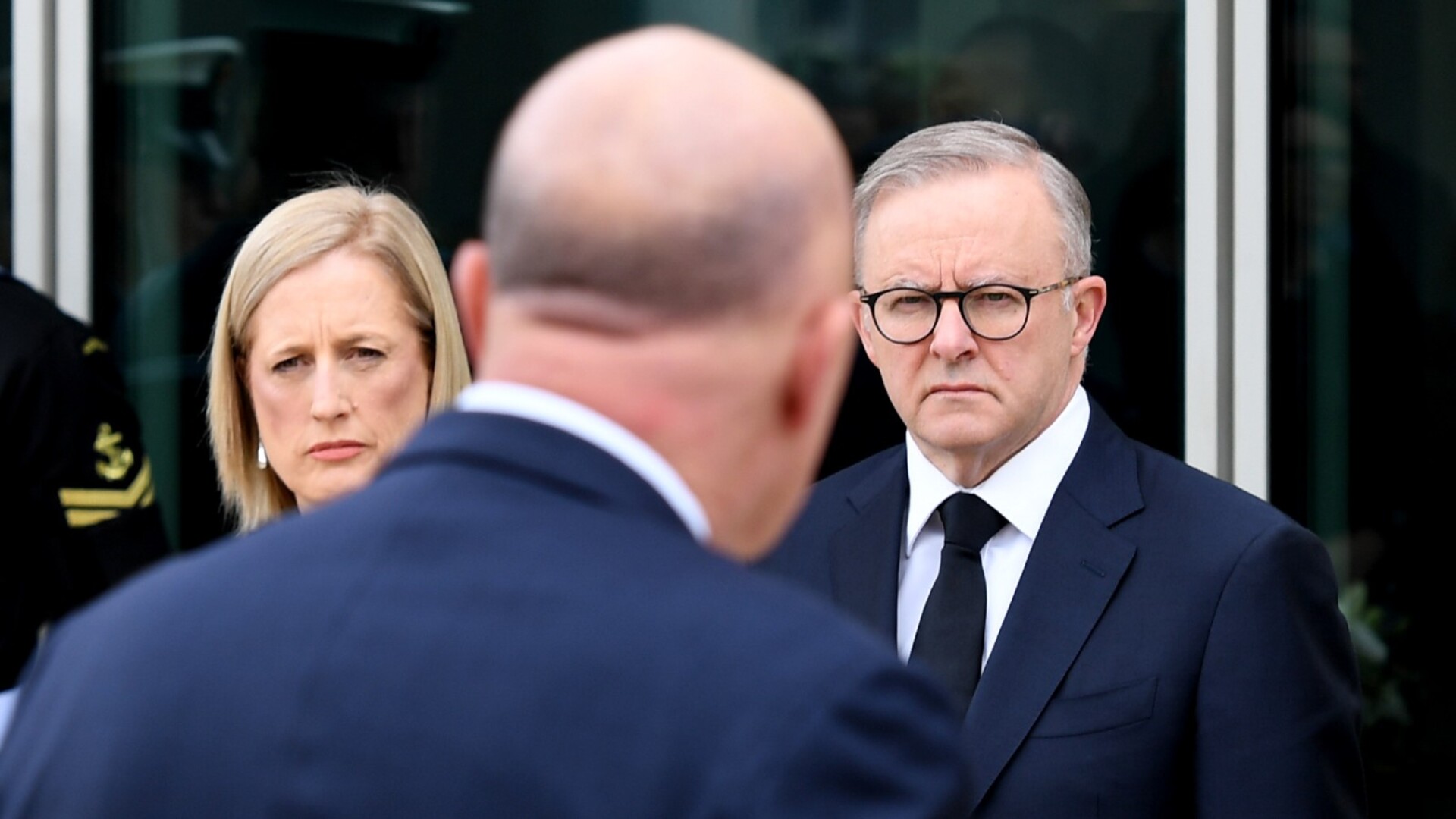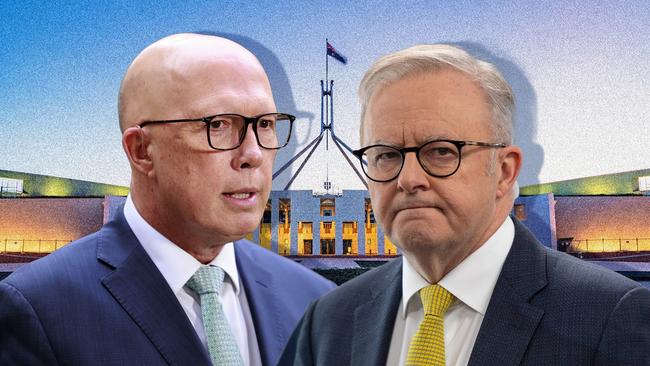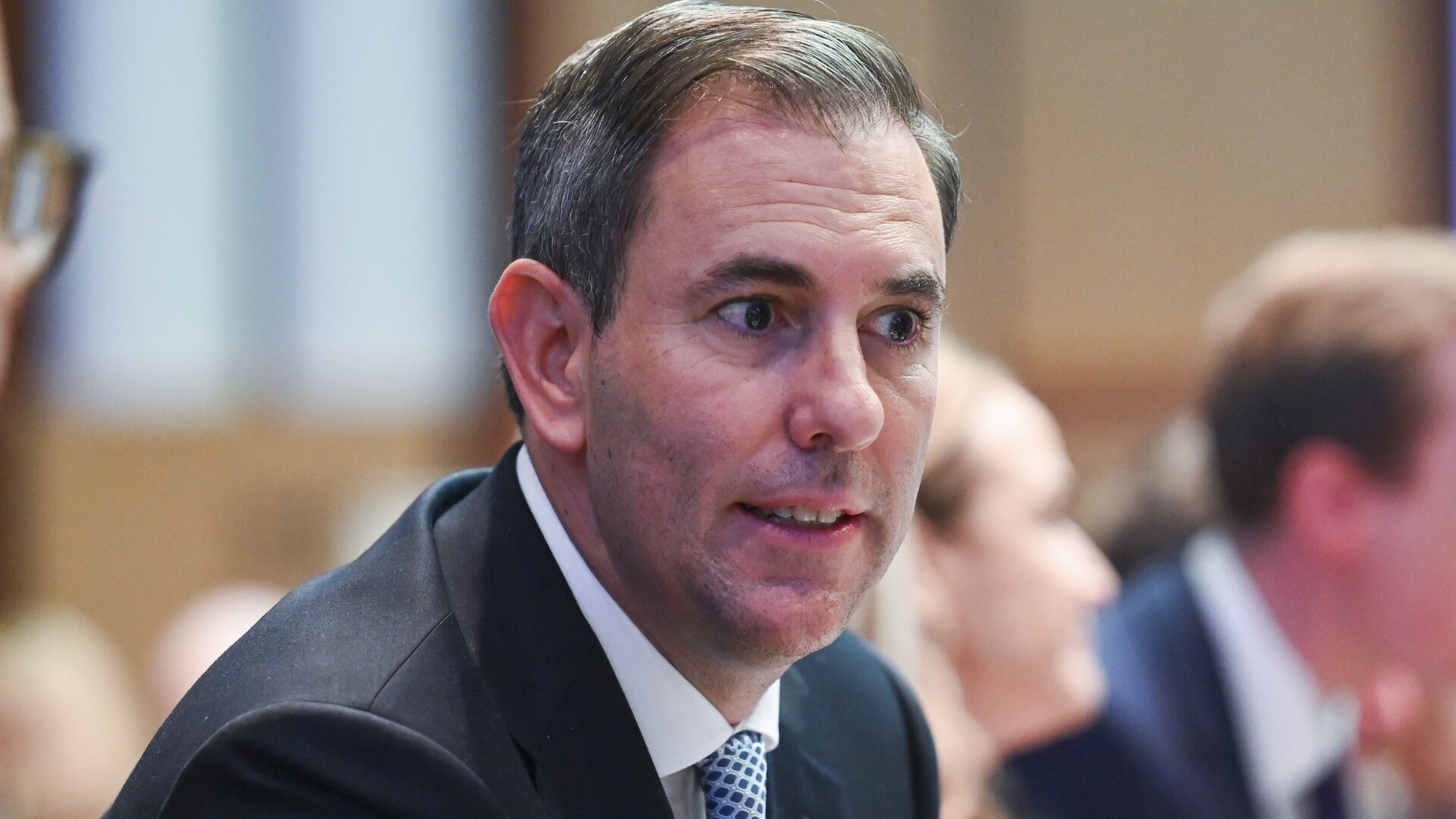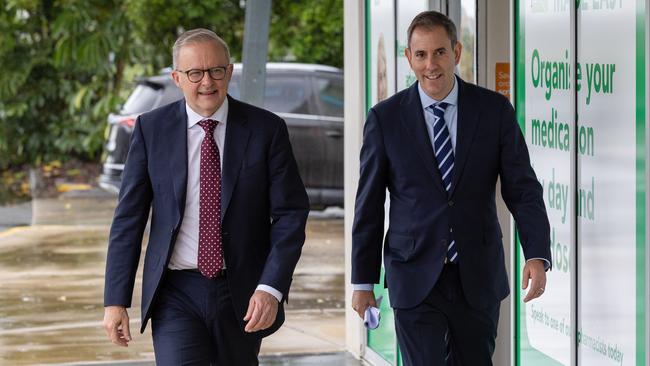Peter Dutton should alert voters to Labor’s hidden tax plans ahead of May 3 federal election


With the opinion polls telling us the Albanese government is set to win the election, Australians must prepare for the ALP’s new signature tax – a tax on unrealised capital gains, or the “savers tax”.
The launch pad will be those with superannuation balances above a non-indexed $3m, but that’s just the start. With the Greens’ help, it will extend deeper into superannuation and then almost certainly break out into the wider investment field.
Given the government knows it can raise most of the superannuation money via a fair and well-accepted taxing system, it is clear the unrealised gains tax is destined for a much wider net outside superannuation.
Many speculate it will eventually hit the family home.
Bill Shorten lost the 2019 election to Scott Morrison partly because of a botched franking credits tax. But Anthony Albanese faces Peter Dutton, who appears to be a much less effective election campaigner than Morrison in 2019.

Nevertheless, the government is going to the 2025 election with another and arguably more dangerous botched tax.
If you hold shares or property, you will be taxed on the rise in the value of those shares and property, even though you have not sold. The annual property values will be determined by the Australian Taxation Office.
Initially, the tax aims to attack those who hold farms or commercial property in a superannuation fund, but if it breaks out of superannuation the savers tax will hit all equity investments.
The government will deny it has any intention of taking the tax out of superannuation, but the massive unsustainable deficits projected in the latest budget means the government may have no choice but to use the tax widely. Treasury will be well aware of this “backup”.
What makes the tax so dangerous to the nation is that it has been carefully concealed in the budget, and it makes no sense to introduce it unless it is planned to extend eventually beyond superannuation into all investments.
Whoever wins the next election will need to grow the economy or introduce either a major new tax or substantial cost-cutting.
The ALP vows not to cost-cut, and its high-cost energy plus industrial relations and environmental legislation mean growth will be restrained.
If it wins, the ALP can raise most of the extra money required by extending the savers tax into most equity investments.

Indeed, the masks used to conceal the tax’s launch make the savers tax look as if it was created to give the ALP a second-term option to raise vast sums.
The savers tax had its origins in a widely discussed measure to lift the tax on superannuation balances above $3m from 15 to 30 per cent.
The logical and simple way to calculate that tax was to apply exactly the same method of calculation to the second 15 per cent as applied in the first 15 per cent.
A conventional 30 per cent tax calculation on income derived from assets over $3m in both self-managed funds and industry/retail funds was extremely easy to administer.
Where a person had, say, $4m in super that was spread over several funds, it was that person’s responsibility to alert the funds that the member was liable for the extra tax to require a conventional return statement containing the necessary data.
Those industry or retail funds unable to provide that data would suggest to members that they switch their money to a separate fund in the group that was structured so it could provide the required data.
There might be problems in the first year and a low deeming rate could be applied for that year. After that, those not able to provide the required data would be penalised, perhaps with an unrealised gains tax.

Instead of this simple process, the government launched a vicious unrealised gains tax, which made no sense unless it was planned to extend well beyond people with $3m in superannuation.
The government won the debate on the fairness of a properly constructed 30 per cent tax on income from superannuation balances above $3m.
Such a tax would have been regarded as fair by the community and would have passed the parliament without substantial opposition.
The new tax when incorporated into the 30 per cent superannuation tax scheme caused the entire legislation to be rejected by the Senate.
But the government left the amounts to be raised by the savers tax in the forward estimates, so although it is not mentioned in the budget, the funds from the unrealised capital gains tax calculation are in the expected revenue for 2025-26. Only a government that had a wide agenda for this tax would play such a game.
The biggest victims from a wider tax will be those trying to develop a new business and asking for capital to help.
Nobody will invest if they have to sell assets to pay for the unrealised gains tax.
And if there is a later loss, they must wait for capital profits to get the money back. The existence of the tax will impact all Australian equity markets.
There are very few leading countries, if any, that have an unrealised gains tax, which means we should alert overseas investors that any unrealised gains tax will not stop at superannuation.
Fascinatingly, former US vice-president Kamala Harris put an unrealised gains tax in her set of policies. But whereas the Jim Chalmers cut-off was at $3m, the Harris cut-off was $US1bn ($1.62bn).





